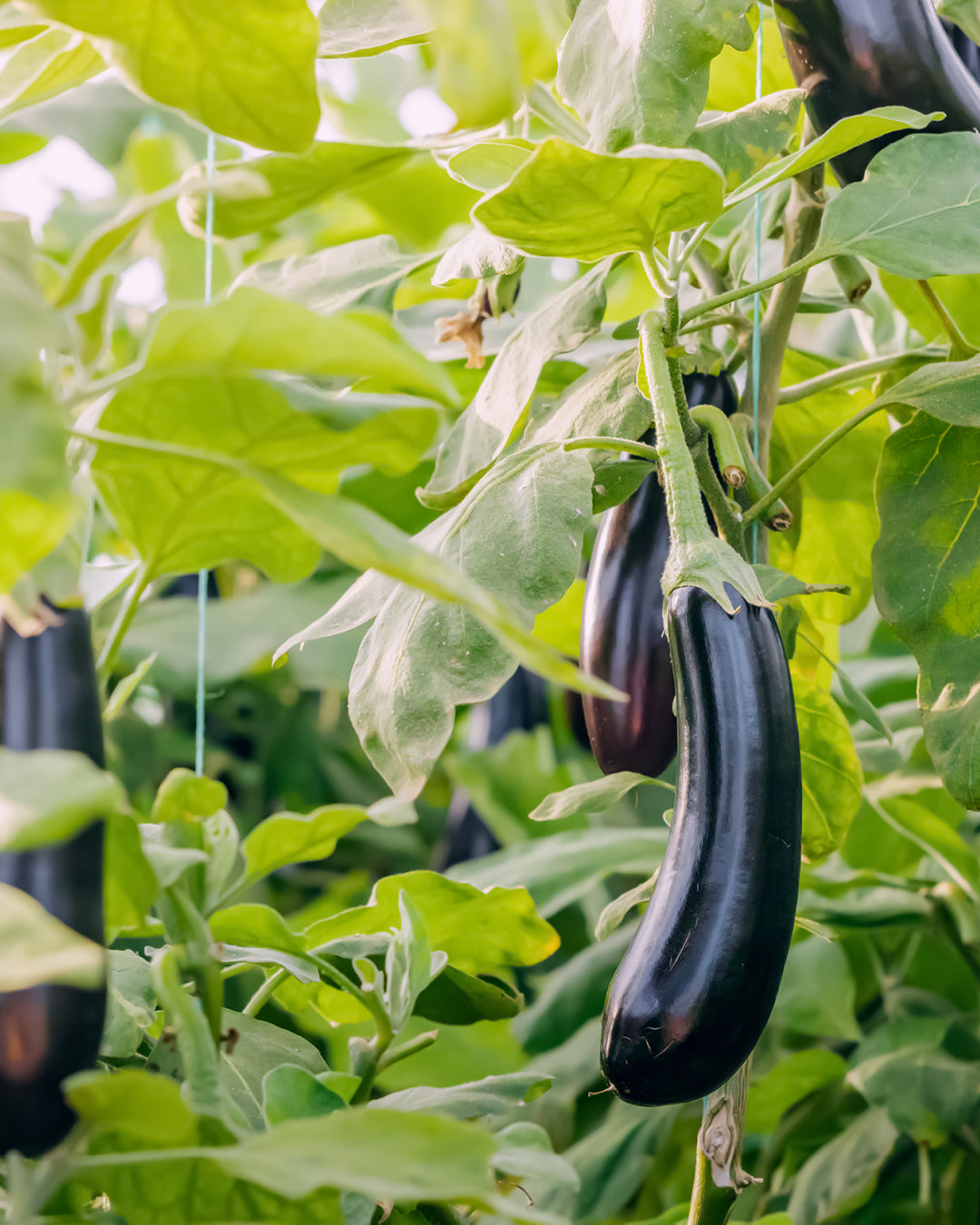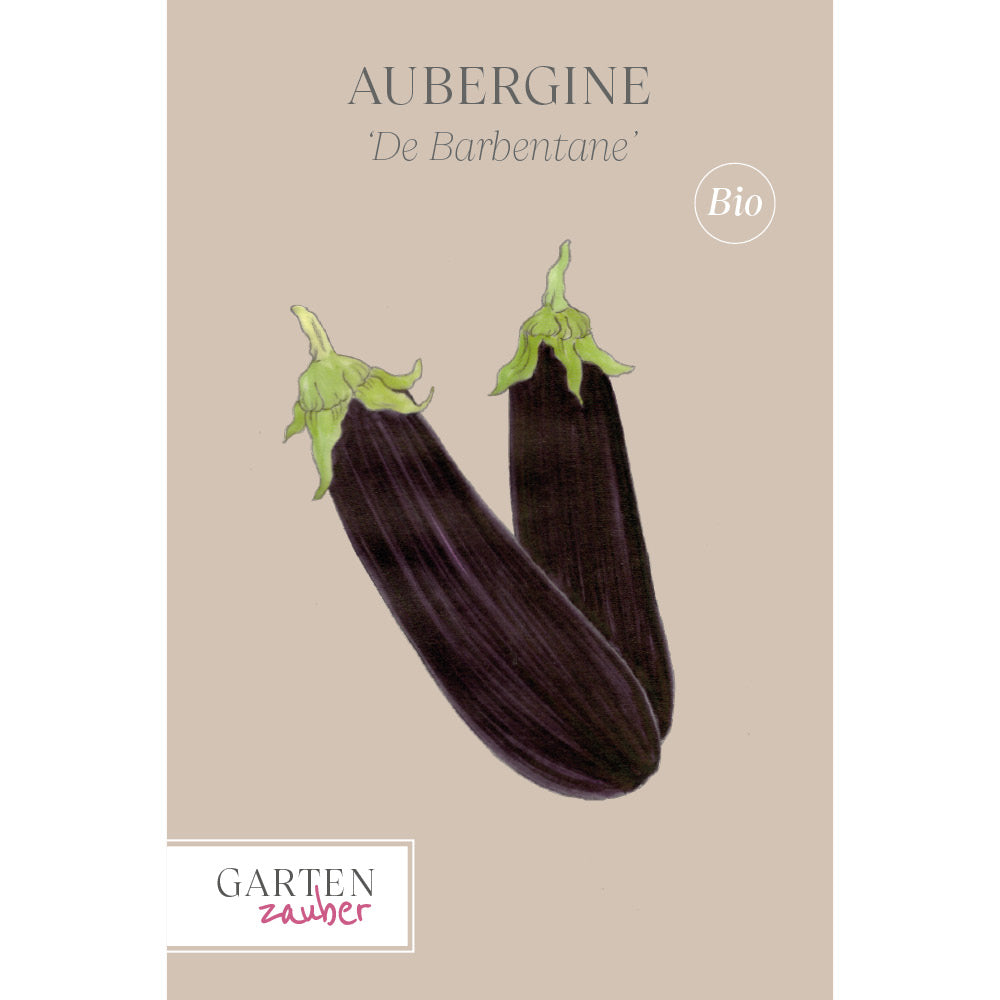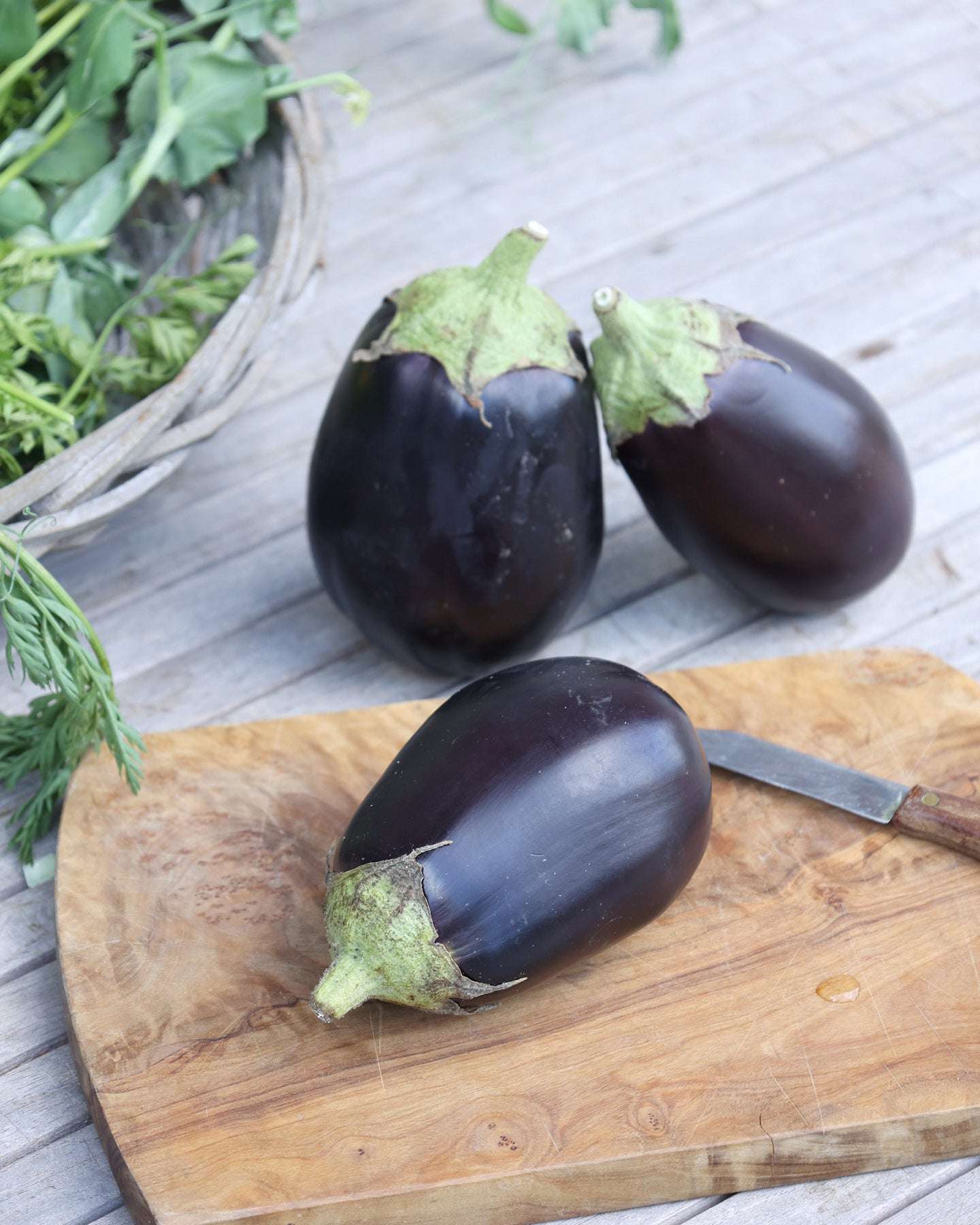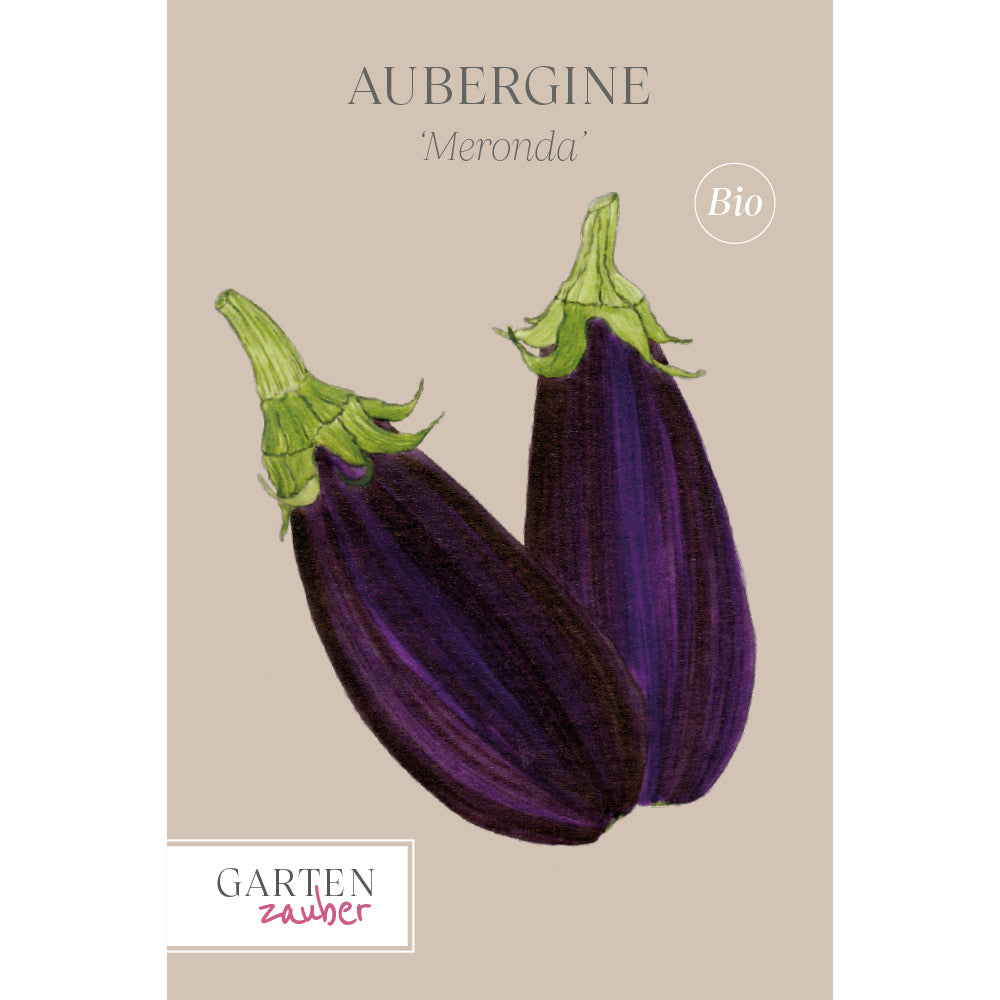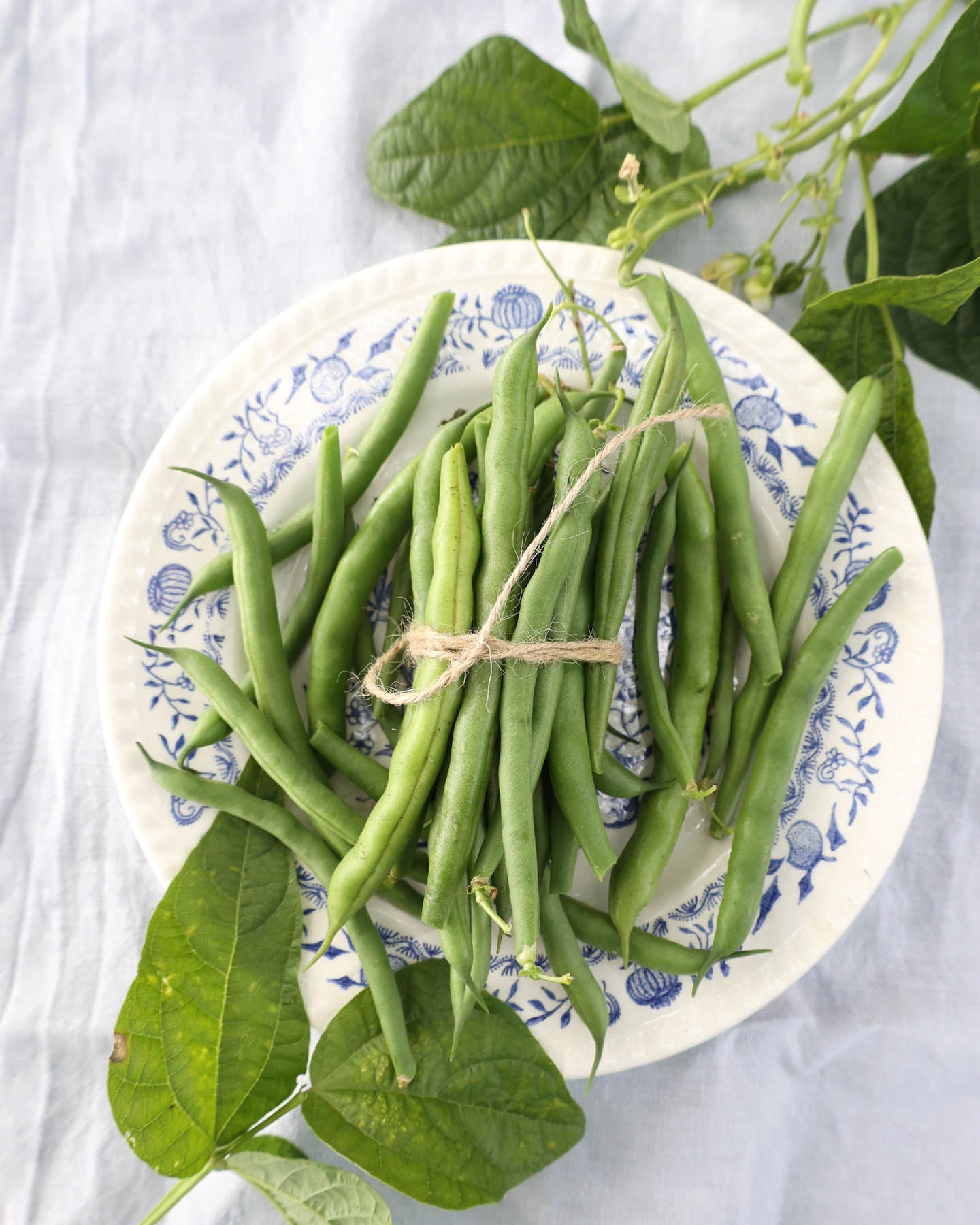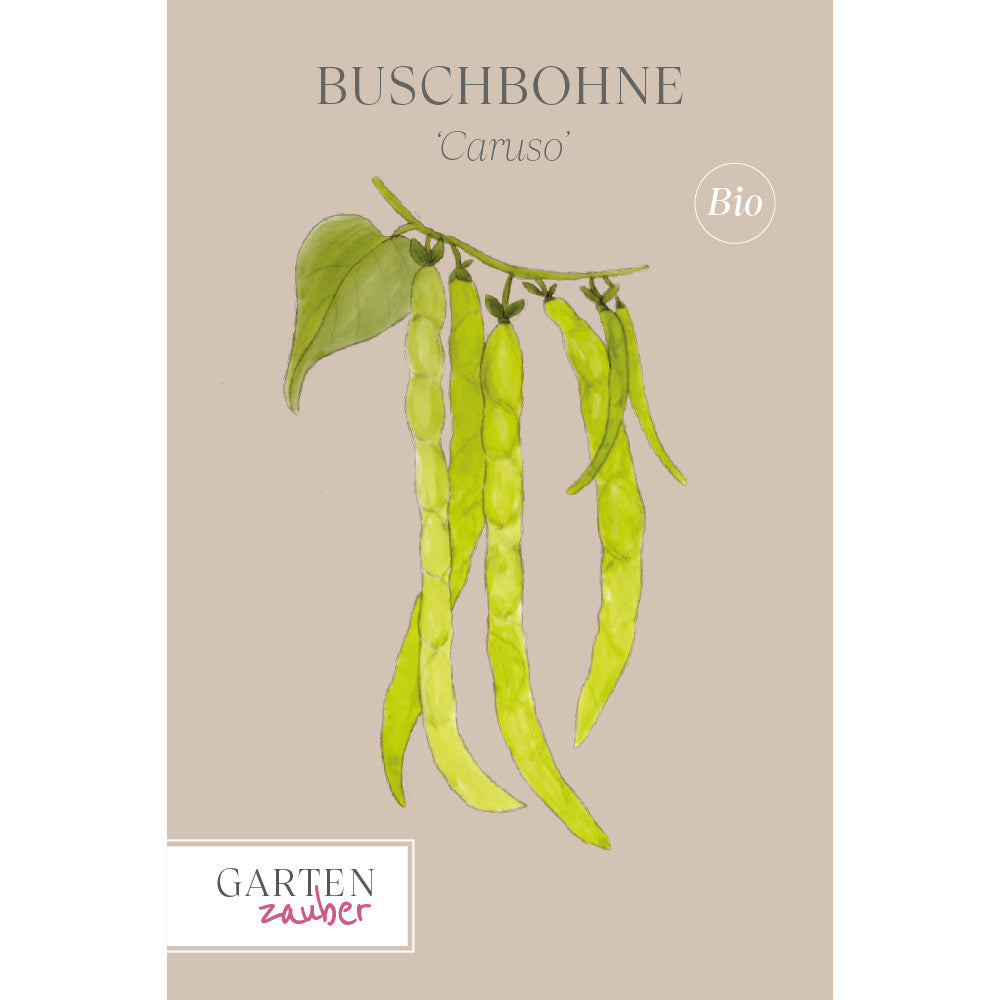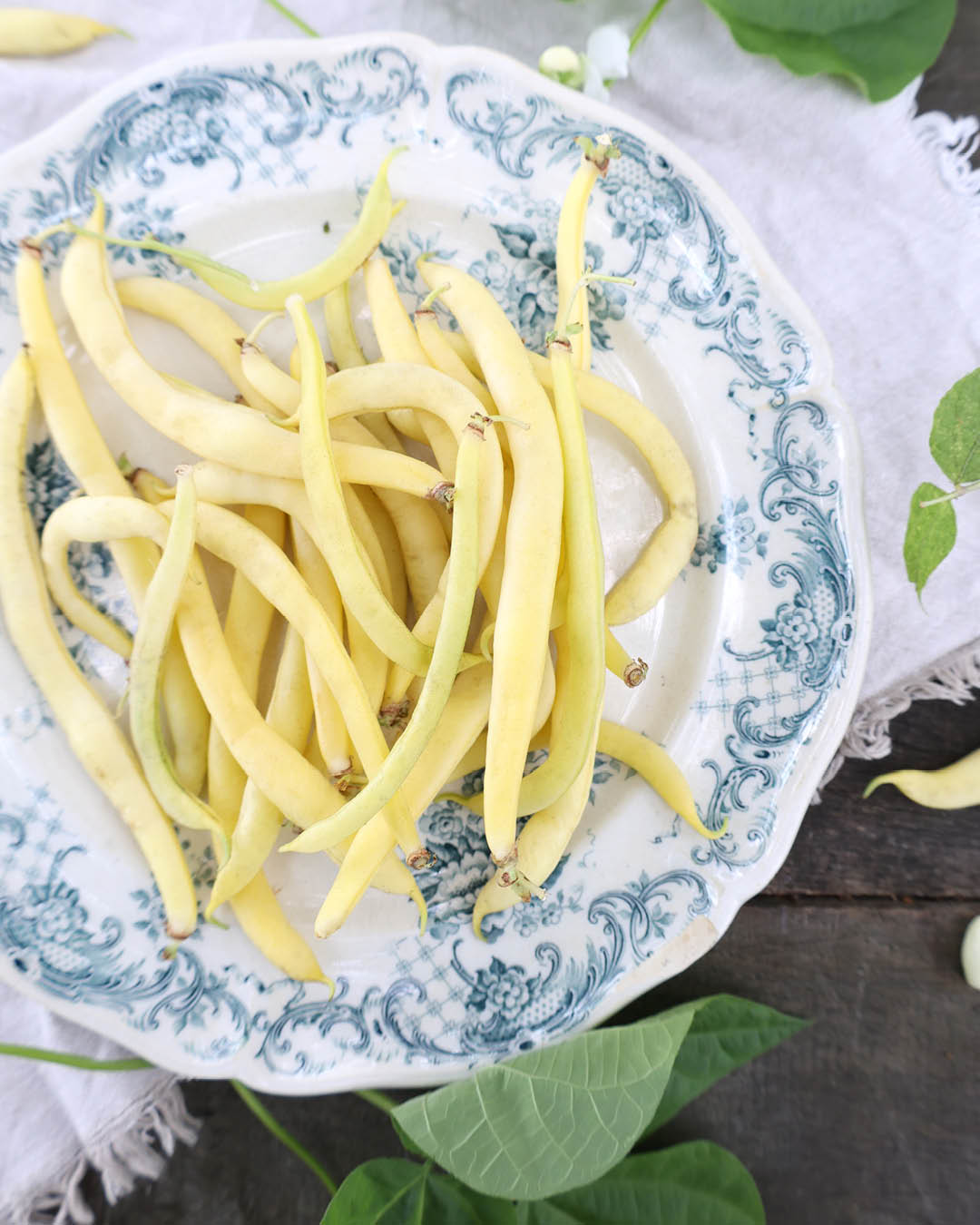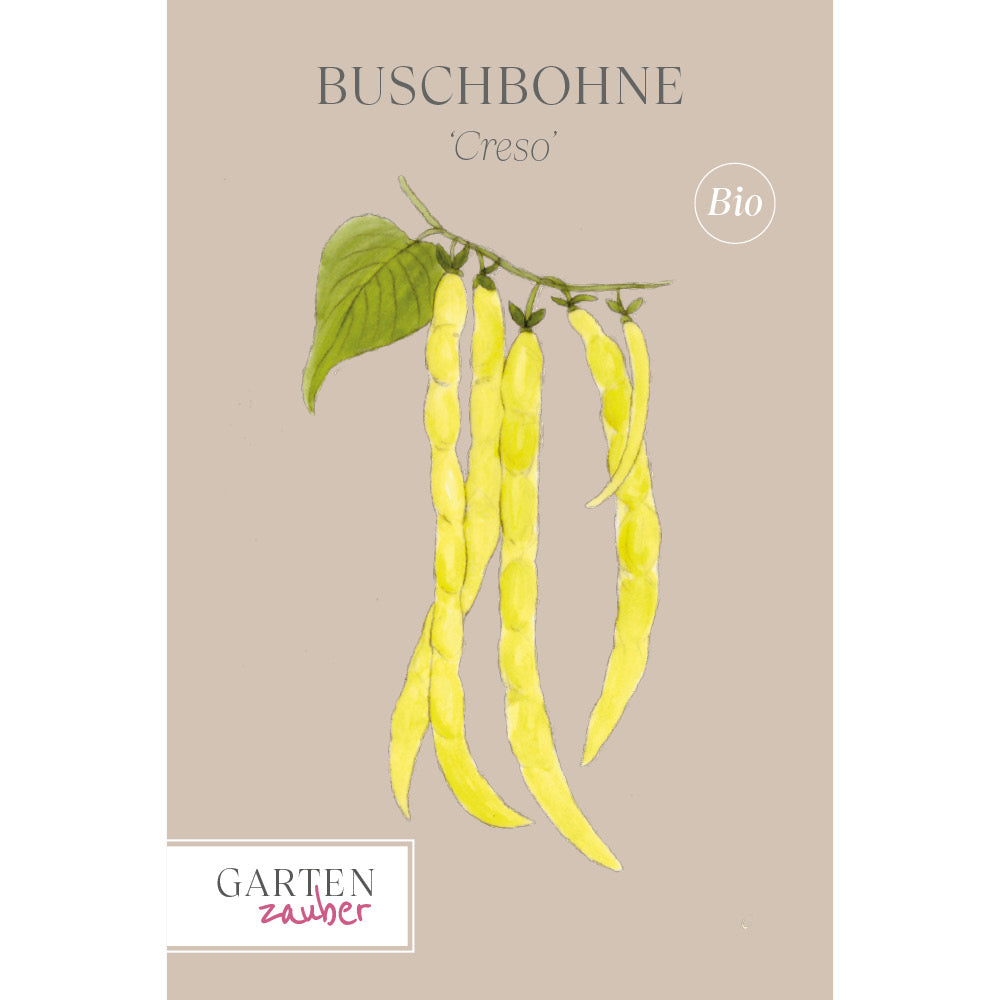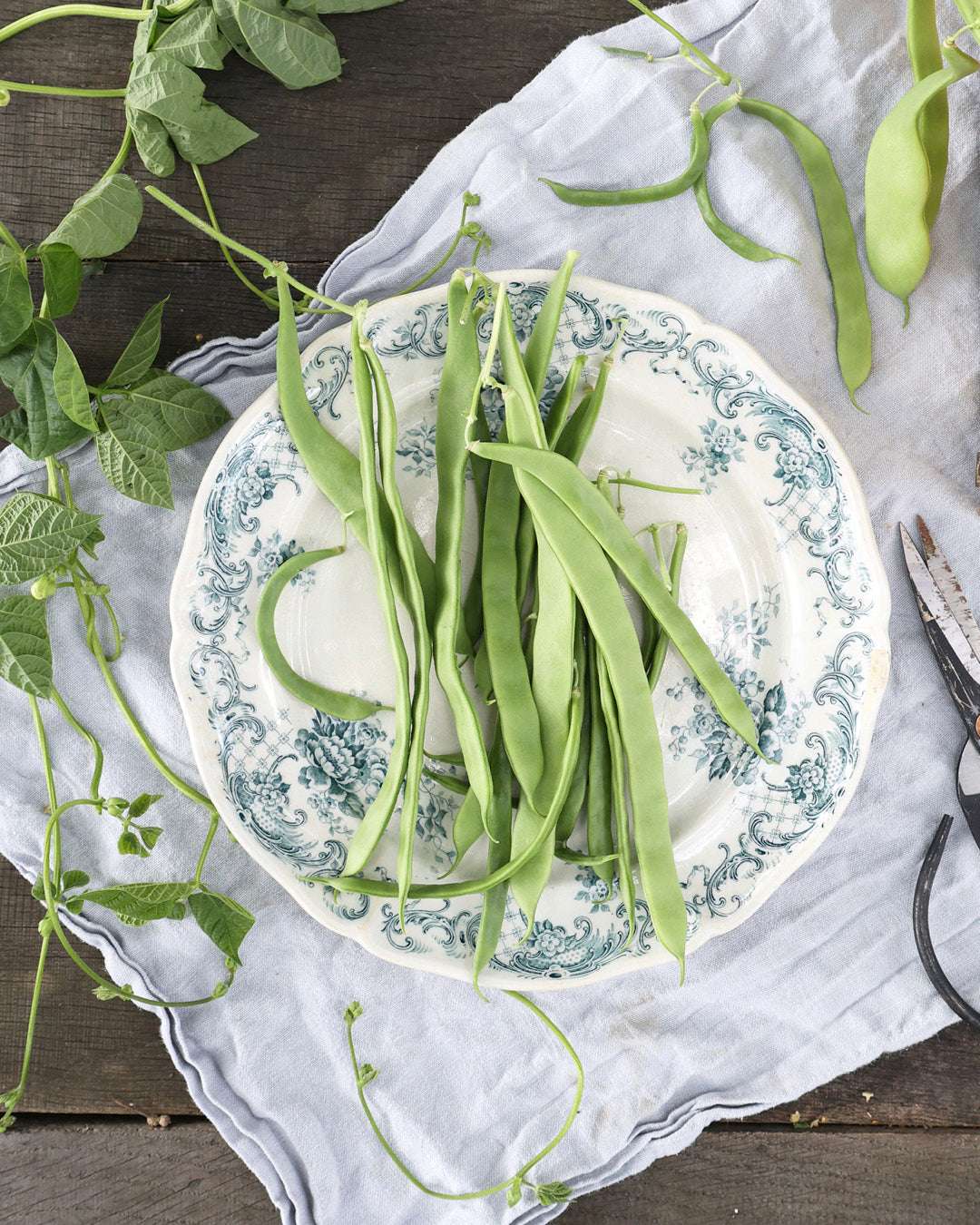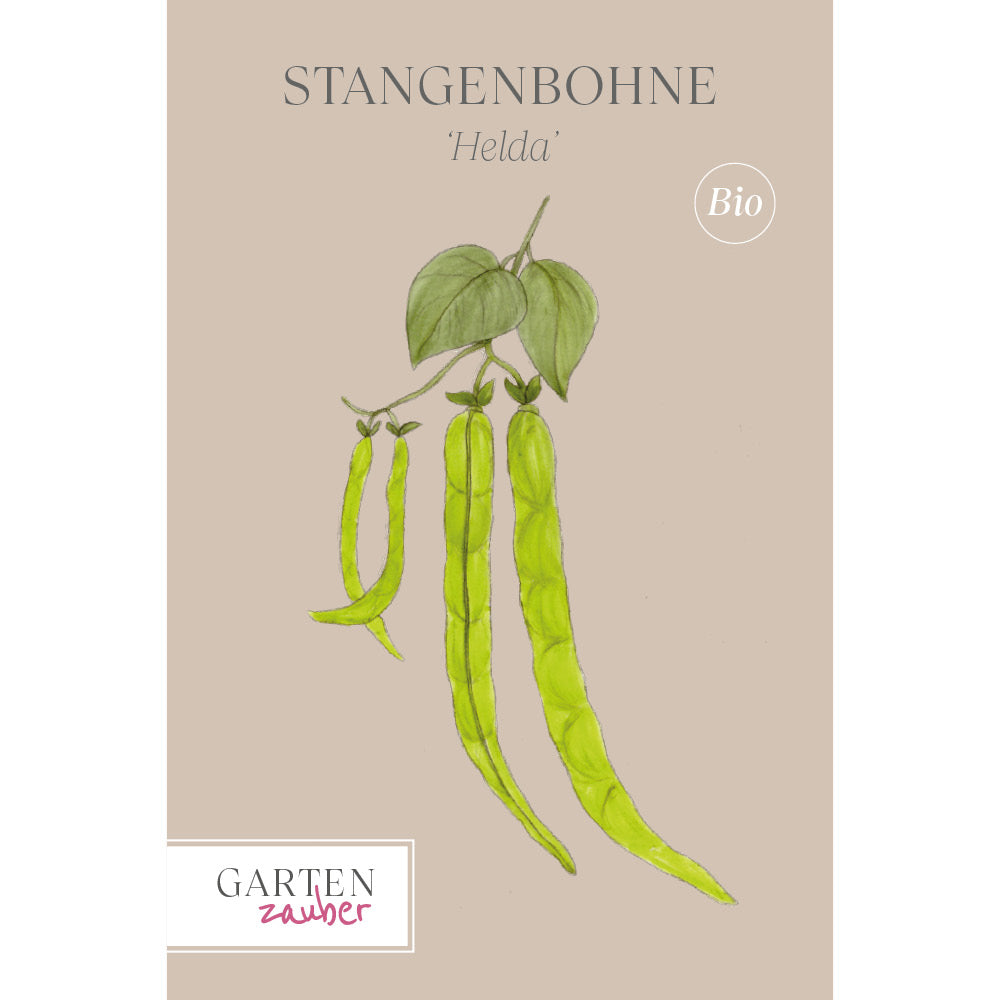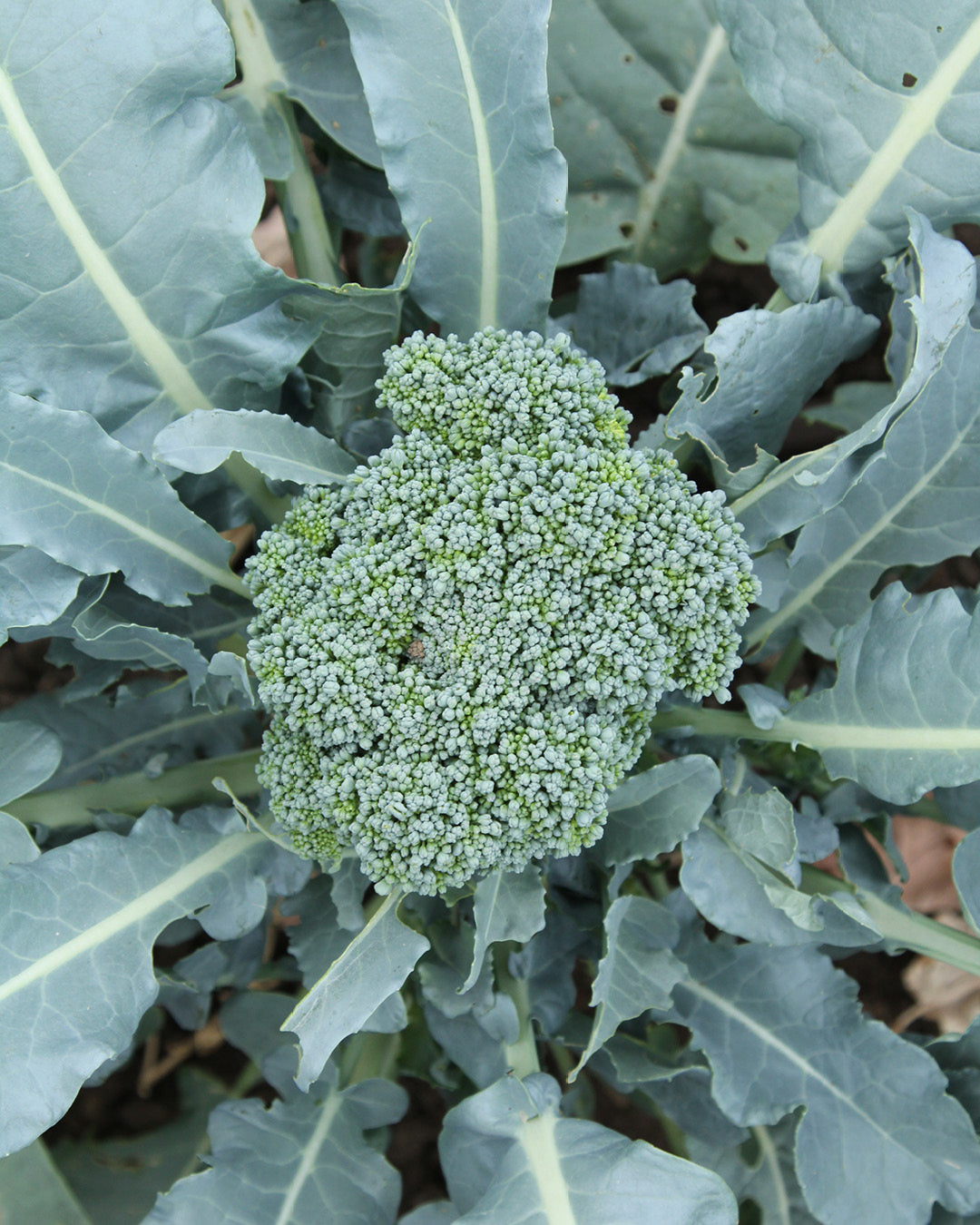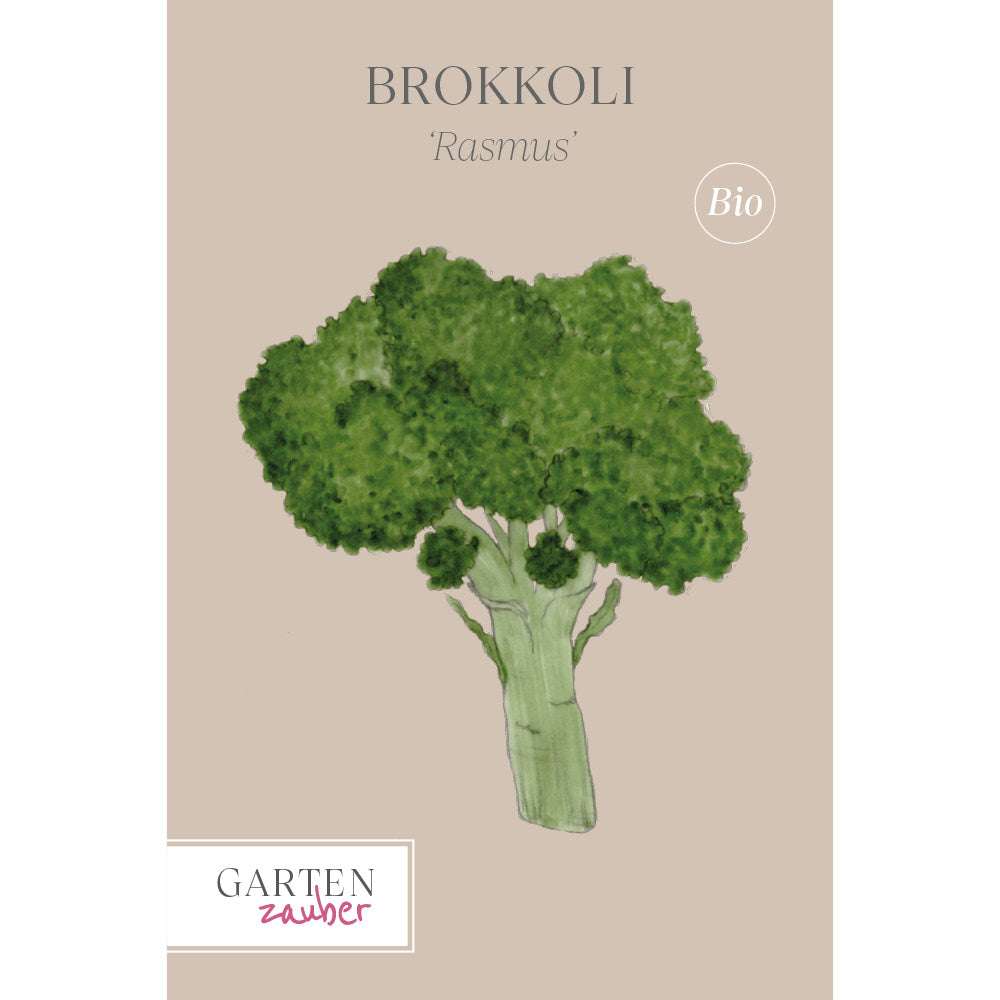Overfed or underfed?
Look at the leaves from above and below. Check the color. Is the plant growing as expected? Does it appear healthy? A plant's appearance, general condition, and mood all say a lot about its health. How are Aunt Petunia and Uncle Kohlrabi doing?
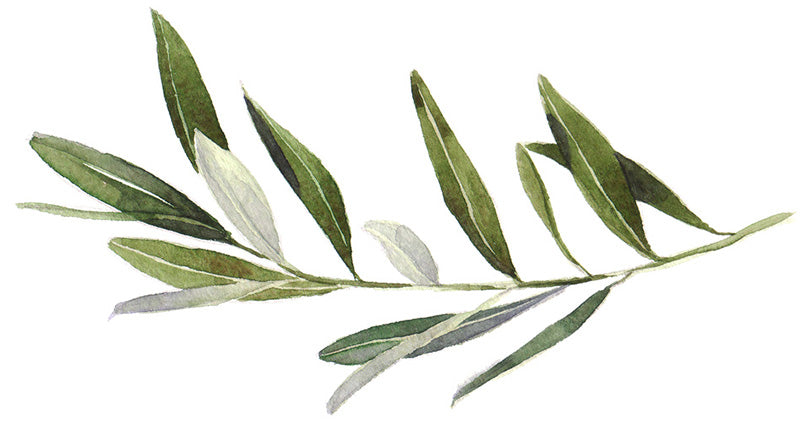
The plant is probably already sending warning signals before serious symptoms are apparent. And the sooner you correctly interpret the signs, the easier it is to address problems, such as balancing the nutrient balance. Usually, just looking at the plant closely is enough; sometimes you need to use a magnifying glass.
Keep in mind that certain symptoms can also be attributed to disease, insect infestation, oxygen deficiency, poor water supply, or other causes. Often, it's a combination of different causes. Perhaps there's a deficiency of several important nutrients? Furthermore, some substances are antagonistic, meaning they have opposite effects and cancel each other out. An excess of one nutrient results in a deficiency of the other. Potassium and magnesium, for example, have such an antagonistic relationship.
Also consider checking the pH level, as this affects nutrient absorption.
Despite all the "ifs," "buts," and "maybes," the symptom descriptions provide some guidance. Consider them as clues that will help you make a rough diagnosis. But please don't start constantly searching for flaws and deficiencies in your garden. Oh, and one more important thing: Remember that all nutrients are important. It's not enough to simply fertilize with potassium in the hope of good fruit set.
Health check – Visible signs of nutrient deficiency and excess
Symptoms: Stunted growth. Pale or yellow leaves. Older leaves quickly turn yellow. The lowest leaves yellow from the tips, then turn brown and dry out. The lateral roots are poorly developed.
Possible cause:Nitrogen deficiency
Symptoms:Stout growth, thin stems and side shoots. Deep green and oversized leaves, sometimes with chlorosis (yellowing) at the edges due to chlorophyll deficiency. No flowers.
Possible cause:Nitrogen surplus
Symptoms:Stunted growth, reduced fruiting. Deep green, sometimes blue-green leaves. The lowermost leaves vary in color (are yellow, brown, or red). The underside of the leaves has a brownish/purple tone. The leaf veins and leaf shafts are also brownish-purple. Long roots, but weak, reddish-brown lateral roots.
Possible cause:Phosphorus deficiency
Symptoms:Stunted growth. Older leaves are yellow-green and striped. Burns and premature transition to dormancy.
Possible cause:potassium excess
Symptoms:Dry leaf edges, sometimes yellow leaves. Older leaves die. The leaves curl between the veins and turn yellow-brown. Few and malformed buds. Long main root, but puny lateral roots. Fruits and vegetables lack flavor.
Possible cause:Potassium deficiency
Symptoms:Inhibited growth. Dull green leaves.
Possible cause:Excess calcium (Caution! Excess calcium can lead to magnesium and potassium deficiency)
Symptoms:Rolled-up leaves with brown edges. Poorly developed root system. Brown spots on the fruit. Blossom-end rot in cucumbers and tomatoes. Brown leaf edges in lettuce.
Possible cause:Calcium deficiency
Symptoms:The areas between the leaf veins become almost white, while the veins remain green. Molybdenum deficiency has the same symptoms.
Possible cause:Calcium deficiency
N — Nitrogen
Good for:growth
In case of surplus:unbalanced growth, deep green and overly lush foliage.
In case of deficiency:pale or yellow leaves, weak plant, stunted growth.
Nitrogen-rich fertilizer:Manure, nettle manure, gold water (urine diluted with water), chicken manure, blood meal, fresh grass cuttings.
Heavy feeders:Cauliflower, white cabbage, Brussels sprouts, leeks, garlic, celeriac.
Medium feeders:Leaf lettuce, spinach, onions, carrots, potatoes, beetroot.
Low-nutrient feeders:Beans, cucumber, sugar peas, radishes, berry bushes
P — Phosphor
Good for:Root development as well as fruit, flower and seed formation
In case of surplus:Growth disorders, yellowing between leaf veins
In case of deficiency:Inhibited growth and reduced fruit formation. The underside of the leaves becomes darker (and takes on a purple-brown hue). The leaf stems may also turn reddish-purple-brown.
Rich in phosphorus Fertilizer:Manure, algae, bone meal, gold water, horn meal, wood ash
Heavy feeders: Cucumber, cauliflower, white cabbage, leek, celeriac, leaf lettuce, onion vegetables, beans, Brussels sprouts, carrot, rhubarb
Medium feeders: Beetroot
Low-nutrient feeders: sugar pea, radish, swede
k — potassium
Good for:Fruit formation and disease resistance
In case of surplus:Inhibited growth, older leaves become yellow-green and develop stripes.
In case of deficiency:Stunted growth and dry leaf edges. Sometimes yellow leaves and malformed buds.
Rich in potassium Fertilizer:Manure, wood ash, rock dust, algae
Heavy feeders: Roses, fruit trees, berry bushes, cauliflower, Brussels sprouts, white cabbage, leeks, celeriac, spinach, onions, beetroot, carrots
Medium feeders: Beans, cucumber, lettuce
Low-nutrient feeders: sugar pea, radish
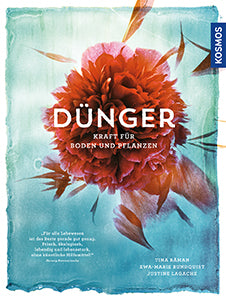
The content of this article is from the book:
Tina Råman, Ewa-Marie Rundquist, Justine Lagache
fertilizer
Price: €/D 39.90 / €/A 41.10 / sFr 49.90
ISBN 978-3-440-15431-1
Kosmos Publishing, Stuttgart
Fertilizers and fertilizing are certainly not among the most glamorous aspects of gardening. But in this book, this "dirty" subject takes center stage! Tina Råman, Ewa-Marie Rundquist, and Justine Lagache have exceptionally artistically presented manure heaps, compost, and the like. The pages are not only a feast for the eyes, but also impress with their comprehensive expertise. They cover all the important aspects of fertilizing—from biology and chemistry to history and philosophy—and offer a multitude of practical tips for your own garden.

